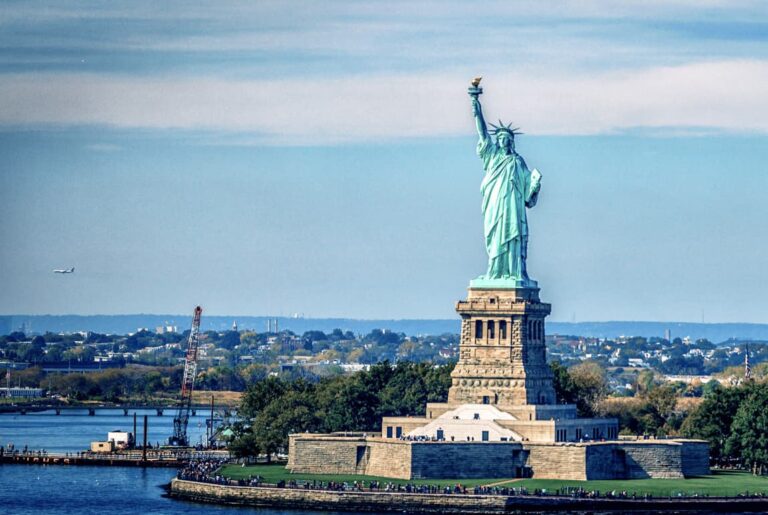US dollar exchange rate
Are you interested in the current exchange rates and the price of the us dollar? Stay up to date at all times! Below we present the current quotes of the us dollar in our online exchange.
US dollar exchange rate - chart
The chart is updated in real time
Problem with data downloading.
Exchange rate us dollar in the charts is presented for indicative purposes, based on approximate data and is not of a transactional nature, i.e. it is not part of the website's offer or a proposal to make a transaction.

US dollar
According to the ISO 4217 standard, the US dollar is referred to as the USD, and its "$" symbol is recognized all around the world. The characteristic letter "S'' with one or two vertical strokes is probably a reference to the Spanish dollar, which was once the most popular currency of the New Continent.
US dollar – what is worth knowing about "greenbacks"?
USD is the official currency in the United States as well as Puerto Rico, Micronesia, Northern Mariana Islands, Palau, Marshall Islands, Panama, Ecuador, El Salvador, East Timor, Zimbabwe, Bonaire, Saba and Sint Eustatius. The wide reach of the US currency is partly the result of the so-called dollarisation, which consists in abandoning the native currency in favour of a stronger and more stable dollar. he price of the dollar is also of great importance in countries where due to the large number of tourists the native currency functions alongside the American one e.g., in the Caribbean Islands. The eager use of the USD in such places is largely due to the fact that how much the dollar costs in exchange offices has little to do with the interbank dollar exchange rate in the world.
US dollar is issued by the Federal Reserve System, which is the equivalent of national central banks. 1 USD is divided into 100 US cents. Currently, the following coin denominations are in use: 1, 5, 10, 25 and 50 cents and 1 dollar. As for the banknotes, there are 1, 2, 5, 10, 20, 50 and 100 dollars in circulation. Interestingly, there are still many higher denominations of $500, $1,000, $5,000, $10,000 and $100,000 bills, but they are not approved for public circulation.
Historical evolution of the US dollar
US dollar was created shortly after the formation of the United States, in 1785, when it was established as the national currency. From the beginning of the 20th century to 1973, the value of the dollar was backed by gold, and with the abandonment of the gold standard, the dollar exchange rate became a floating exchange rate. It is worth mentioning that the current purchasing value of the dollar is very low compared to how valuable it was over 200 years ago. It does not even reach 10% of the former USD value.
Not so long ago, for Poles the US dollar was a symbol of financial stability and an indicator of social status, and even though today we can freely exchange dollars for zlotys and vice versa, a certain sentiment towards the USD has remained. Despite the fact that today its purchasing value is not as high as it used to be, the exchange rate of the US dollar is still of great importance to the world's largest economies. It is affected by many factors – individual political and economic events in the world as well as in the United States can significantly strengthen or weaken the currency. The USD exchange rate is also dependent on the prices of commodities, with the USD quotations being negatively correlated with the prices of gold and oil. This means that if the price of gold or oil goes down, the dollar goes up, and vice versa.
Interesting facts about the USD
-
Due to the fact that the US currency is used in so many countries, there are a lot of colloquial terms used for the dollar locally: "green", "buck", "greenback" or "paper".
-
Contrary to appearances, US banknotes are not paper at all. Their composition is 75% cotton and 25% linen. Trace amounts of other components are not officially known.
-
Apart from the portrait of George Washington, the $1 bill shows symbols associated with the Masonic tradition: a pyramid with an all-seeing eye, the seal of King Solomon and an owl.

The notification has been enabled
When the exchange rate EUR is lower than you will receive an email to this address